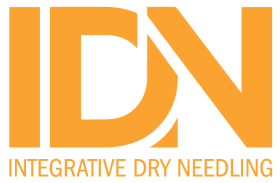Medicina (Kaunas). 2024 Nov 14;60(11):1869. doi: 10.3390/medicina60111869.
ABSTRACT
Background and Objectives: Dry needling (DN) is a technique that involves inserting a thin filament needle through the skin to target myofascial trigger points for the treatment of musculoskeletal pain and dysfunction. Despite its efficacy in a broad plethora of musculoskeletal pain conditions, its safety remains a topic of debate among clinicians and researchers. The aim of this study was to provide an overview of the current practice of DN through a national survey, focusing on the frequency of its use and the incidence of adverse events (AEs), considering factors including physiotherapist experience, clinical workload, the extent of training received by practitioners, and the use of ultrasound guidance. Materials and Methods: An online cross-sectional survey was conducted. Respondents were licensed physical therapists (PTs) working in Spain. The survey covered demographics, professional data, frequency of adverse effects, and if they use ultrasound routinary for guiding interventions. Results: A total of 422 PTs participated in the study, mostly having 21-60 h of DN training (38.6%), less than 2 years of experience (36%), and not using ultrasound during the interventions (85.5%). Post-needling soreness and bent needles were the most common AEs, with most severe events rarely reported. Adverse event frequencies varied significantly based on training hours, experience, patient percentage treated with DN, and weekly clinical dedication. Clinicians with more hours of DN training or fewer years of experience reported higher incidences of certain complications. Conclusions: DN is a common intervention among PTs, with minor AEs frequently occurring and major AEs being less common but still significant. The accidental puncture of non-desired structures highlights the necessity for improve training on anatomical landmarks, needle insertion depth, cross-sectional anatomy education, and patient monitoring. To ensure safe practice, emphasize comprehensive training, adhere to safety protocols, exercise caution, and prioritize the use of ultrasound-guide is encouraged.
PMID:39597054 | DOI:10.3390/medicina60111869


